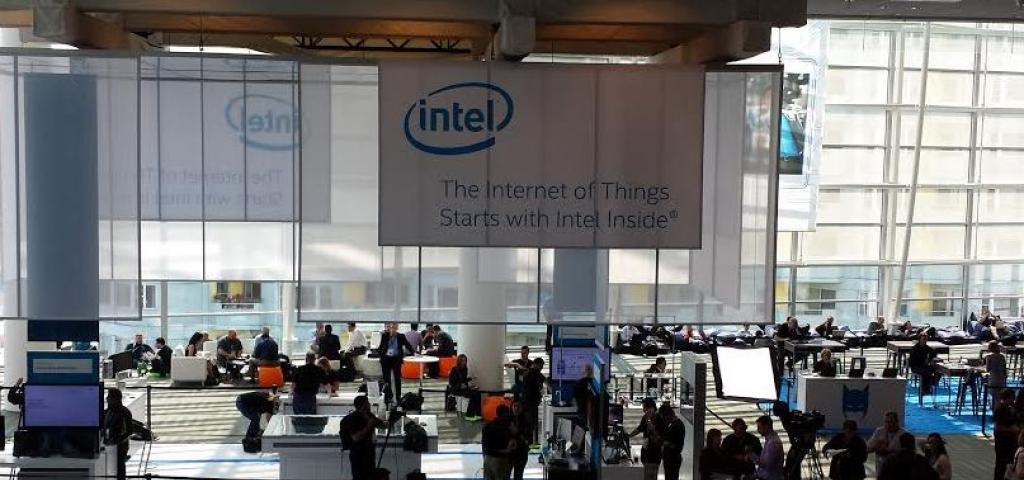
Key IoT Takeaways from IDF 2014: Part II

In this blog post, I’ll pick up where I left off in my last blog post recapping the hot topics of discussion that came up during my IDF poster chat on IoT deployment and the technology stack delivered with edge management capabilities. Today’s blog post wraps my IDF recap of the conversations with the IoT community during my conference poster chat on IoT and focuses on IoT standards and the “Internet of silos.”
IoT Standards
Saying that the IoT technology stack is large is an egregious understatement. When you consider the fact that IoT-specific concerns start on the hardware level with the silicon, go up through embedded systems, network, and to the cloud. Then consider that once the data is in the cloud, analyzed, visualized, and warehoused, all of a sudden we are talking about (almost) all of computing! Integrating this technology stack is a daunting task and in order to be successful there must be a rich set of standards in order to avoid the proliferation of proprietary standards. Wind River is among many to have invented a device manageability standard in the absence of an acceptable alternative.
During the IDF chats, I encountered a healthy sense of paranoia about the need to standardize in order to avoid past experiences of the proliferation of proprietary standards. Specifically of interest at IDF were standards related to management protocols and cloud-side APIs. As an IoT product manager I don’t want to invest engineering resources into a proprietary standard that I’m going to have to rip out and replace with a future open standard.
Internet of Silos
I am pleased to see concern around the creation of an “internet of silos” gaining traction. When a business deploys a set of IoT devices, the data that comes back needs contextualization in order to amplify the data’s value. This critical contextual information lives in other enterprise IT systems such as the ERP, CRM, etc. Once that thing data has been aggregated with the data in enterprise IT systems, we have achieved the utopian IoT vision.
Solving this problem is where Mashery adds a lot of value to the IoT space. As an API solution, Mashery can provide the tools necessary to quickly, easily, and cheaply bring together information from disparate systems to provide the insight sought in the IoT.
The IoT conversation continues to evolve and provide many opportunities for discussion. And I look forward to seeing where the IoT narrative is next year at IDF 2015.
To learn more about how Wind River is addressing the opportunities and challenges created by IoT visit our IoT microsite.

